

 Release time:2025-04-14
Release time:2025-04-14
Does an elevator malfunction indicate that the elevator is unsafe and of poor quality?
In recent years, elevator accidents have occurred frequently in many parts of the country, and elevator safety has become a highly concerned topic among residents.People often think that if an elevator malfunctions, it is unsafe, but in fact, it is not. Elevator malfunctions are a normal phenomenon. The occurrence of elevator accidents is mostly due to human factors. We didn't use it well because we didn't understand it enough.In daily life, many people often violate regulations when using elevators: repeatedly pressing the door opening and closing buttons, opening the elevator beyond the time limit, transporting decoration waste, throwing debris, or hitting the elevator when moving heavy objects such as furniture and building materials, forcibly squeezing in when overloaded, pressing all floor buttons... In fact, these are all dangerous "red light running" behaviors.Kicking, knocking, and hitting doors are all very dangerous actions that can cause the elevator to stop and malfunction. Smoking, jumping and other behaviors inside the elevator car violate elevator safety rules and are prone to safety hazards. In addition, there are also significant safety hazards when electric vehicles or bicycles enter the elevator car or collide with the elevator door.
At present, there are many misconceptions about elevators among people, and the popularization of elevator knowledge is not sufficient. Common misconceptions include the following aspects:
Misconception 1: Elevator malfunction equals poor elevator quality
After more than 100 years of development, the components, structure, and control system of elevators have become quite sophisticated. Therefore, overall, elevators are the most commonly used and safe mechanical and electrical equipment among various modern transportation vehicles. Elevators are electromechanical integrated products with numerous components and safety protection devices. Malfunctions are objective, and the key lies in daily maintenance and timely repair after discovering faults. The main reasons for elevator malfunctions are inadequate management, inadequate maintenance, and rough use by elevator usage management units. Only when all parties take responsibility can the occurrence of elevator malfunctions be effectively reduced or minimized.
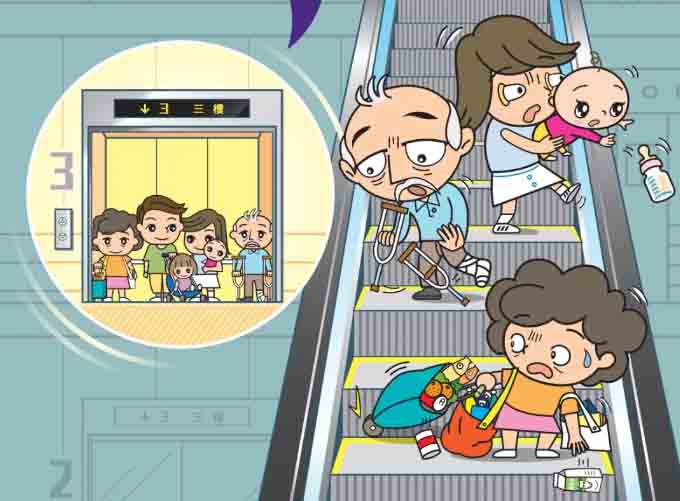
Misconception 2: Trapped people in elevators are elevator accidents
In the event of a sudden stop or closure during elevator operation, it is actually a protective measure for passengers. When the safety detection system of the elevator detects abnormalities or malfunctions during operation, it automatically responds to protect passengers and safely "closes" them in the car. Passengers trapped in the elevator, at this time the car is effectively ventilated and safe, only need to press the emergency alarm button or call the rescue number, and patiently wait for rescue.
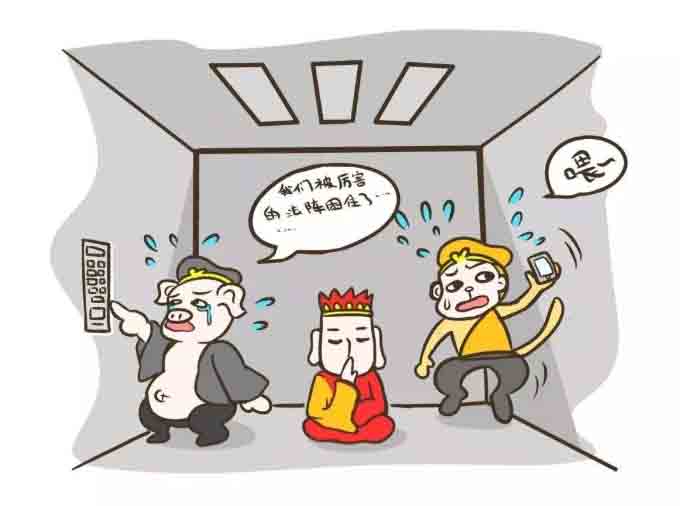
Misconception 3: Daily maintenance and upkeep of elevators are optional
Xu Zhiqi gave an appropriate analogy for why elevators need to be maintained: "Elevators, like cars, run continuously every day. In terms of usage frequency, elevators work 24 hours a day and have a higher frequency of use. Therefore, elevators require more daily maintenance and upkeep than cars." In order to ensure the good quality of elevator operation and extend the service life of elevators, elevator maintenance personnel should strictly carry out elevator maintenance work in accordance with relevant laws, regulations, safety technical specifications, and standard requirements, projects, and cycles. When elevator malfunctions or safety hazards are discovered, they should be reported to the elevator usage management unit, and the elevator malfunction should be repaired in a timely manner to eliminate elevator safety hazards.
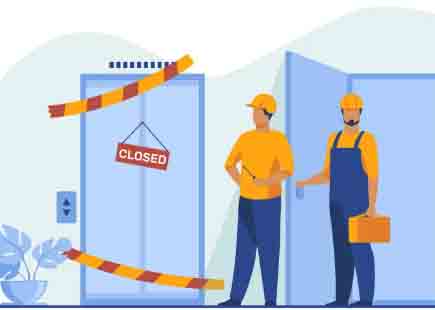
Misconception 4: When passengers are trapped in an elevator, due to limited oxygen inside the elevator, prolonged confinement can lead to suffocation
There are often scenes in TV dramas or movies where passengers suffocate when trapped in an elevator for a long time. In fact, the elevator car is not a closed space and is connected to the outside world. The country has clear regulations on the size of the ventilation opening, so there is no risk of suffocation for passengers trapped in the elevator car for a long time.
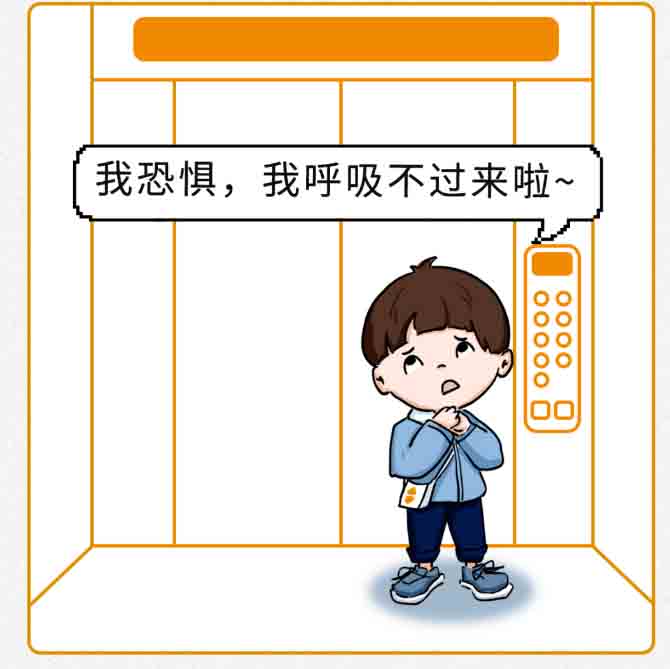
Misconception 5: After daily maintenance and annual inspection, elevators will not malfunction
At present, some citizens have irrational perceptions about elevator malfunctions, thinking that after annual inspections and maintenance, elevators will not malfunction. Elevators are mechatronics products with numerous components and safety protection devices, and any malfunctions are objective. Elevator usage management units should strengthen daily elevator management and promptly identify hidden dangers; Elevator maintenance units must strictly carry out elevator maintenance work in accordance with safety technical specifications; Passengers should ride the elevator in a civilized manner and operate it in a standardized manner.
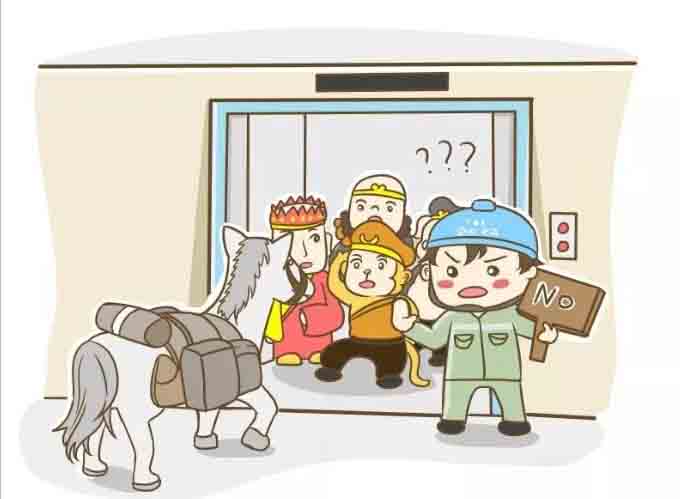
Misconception 6: The phenomenon of falling or free fall occurs when the elevator wire rope breaks
In fact, the steel wire ropes of elevators are not as fragile as people imagine. Generally, elevators have at least 3 steel wire ropes, and some even have as many as 8. In theory, the strength of a single steel wire rope can meet the required tensile strength for carrying a car, and the probability of all steel wire ropes breaking is extremely low. Even if all the steel wire ropes are broken, the elevator has multiple complete protective devices such as brakes, upper and lower limit deceleration switches, overspeed safety clamps, and bottom buffers, which will not cause sudden falls.
When a malfunction occurs, if the elevator is in the process of starting acceleration or deceleration, there will be a certain error between the actual position and the digital display floor. After the elevator's self-protection stops, the floor display will automatically switch to the actual position. At this point, it caused passengers to have the illusion that the elevator had suddenly dropped several floors. So, people mistakenly believe that it is an elevator "slide" or "escalator", but in fact, it is one of the safety protection mechanisms of elevators.
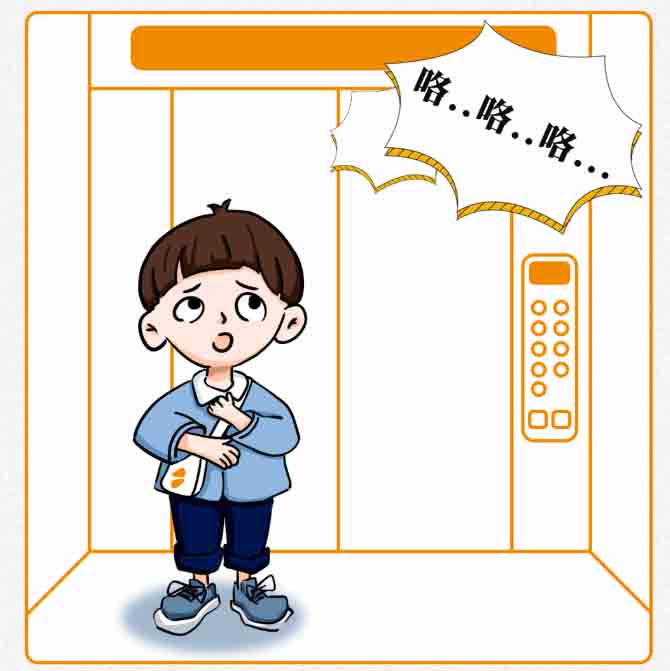
Elevator safety concerns millions of households. The occurrence of elevator malfunctions is the result of multiple intertwined factors, rather than solely pointing to insecurity or poor quality. We should overcome cognitive misconceptions and approach elevator operation issues with a rational and scientific attitude. For elevator usage management units and maintenance units, strictly implementing management and maintenance responsibilities is an important defense line to safeguard elevator safety; For every passenger, using elevators in a standardized and civilized manner is responsible for their own and others' safety. Only by working together from all parties, starting from the details, enhancing safety awareness, and improving the professionalism of maintenance and use, can elevators, as a modern transportation tool, truly become a safe and convenient travel guarantee, safeguarding our lives.